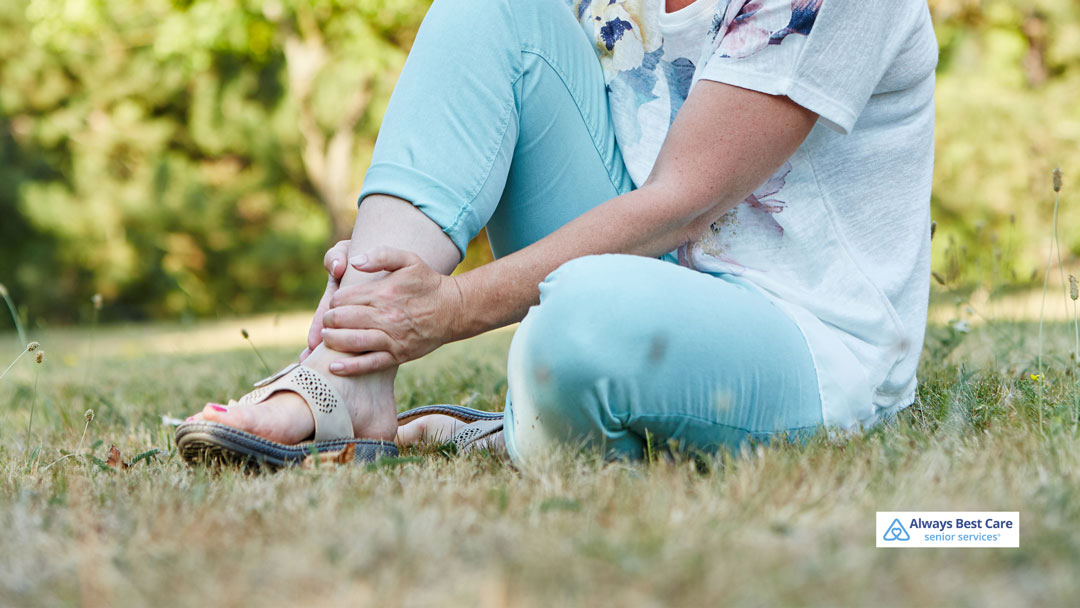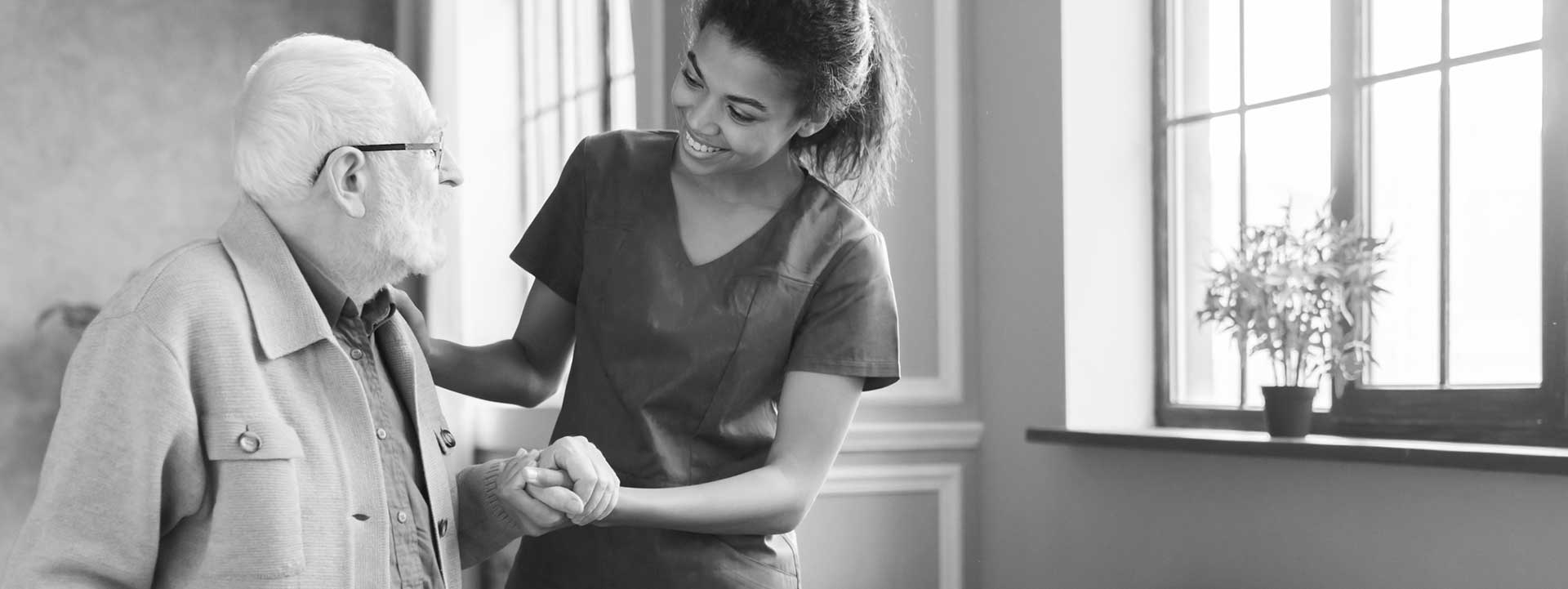On Your Feet: Common Foot Problems for Seniors

The intricate structure of the human foot, comprising 26 bones, 33 joints, and an extensive network of over 100 muscles, tendons, and ligaments, is subjected to significant wear and tear throughout a person’s lifetime. This is especially true for seniors, who may face a range of foot-related challenges due to natural changes in their body’s physiology. Understanding and addressing these issues is crucial for maintaining mobility and overall health in later years.
As individuals age, the skin and fat pads on the feet thin out, reducing cushioning and protection. This is compounded by decreased circulation and sensation, making feet more vulnerable to injuries such as fractures or cuts. Moreover, bones may become more brittle, and the risk of conditions like twisted ankles or other injuries increases, significantly impacting a senior’s comfort and ability to move freely.
Table of Contents
Inspect Your Feet Daily
Regular foot inspections are vital for preventing complications. Seniors or their caregivers should examine the feet daily for any changes in color, texture, or sensation and for signs of cuts, sores, bruising, blisters, or swelling. Using a long-handled mirror can aid in checking hard-to-see areas, ensuring no potential issues go unnoticed.
Move Your Feet
Staying in one position for too long can be detrimental to foot health. Seniors must engage in gentle foot exercises, such as rotating the ankles and stretching the feet. Simple movements like these, along with periodic walking and elevating the feet, can significantly improve circulation and reduce swelling. Additionally, gentle foot massages can soothe sore muscles and promote blood flow.
Keep Nails Trimmed
Proper nail care is essential to prevent painful conditions like ingrown toenails. Nails should be trimmed regularly, ideally after bathing, when they are softer and more accessible to cut. Attention should also be paid to the texture and color of the nails, as changes can indicate other health issues.
Use a Moisturizer
Applying a hydrating lotion or a specialized foot cream after bathing can help maintain the skin’s moisture, preventing dryness and cracking. This step is vital for seniors, as their skin tends to be more prone to dryness and irritation.
Wear Good Fitting Shoes
Wearing well-fitting shoes is crucial; shoes that are too tight or loose can lead to blisters and sores, while worn-out shoes can cause foot pain and instability. Seniors should ensure their footwear provides adequate support, has a firm sole to protect the feet, and features good traction to minimize the risk of slips and falls.
Be Proactive about Your Foot Health
It is essential for seniors not to dismiss any changes or pain in their feet. To receive appropriate care and treatment, consulting with a healthcare provider about foot-related concerns is essential. Additionally, in-home caregivers can assist with daily foot care tasks, making it easier to maintain healthy feet. Contact Always Best Care Shalimar at +1 850-797-8710 to schedule a free consultation and learn more about how you can benefit from in-home care.





